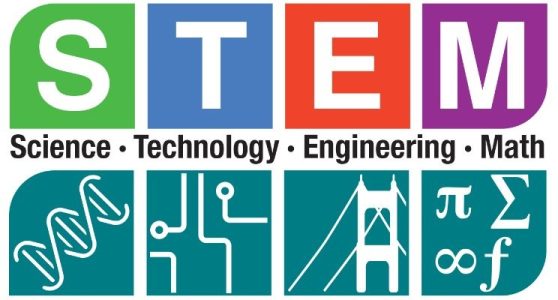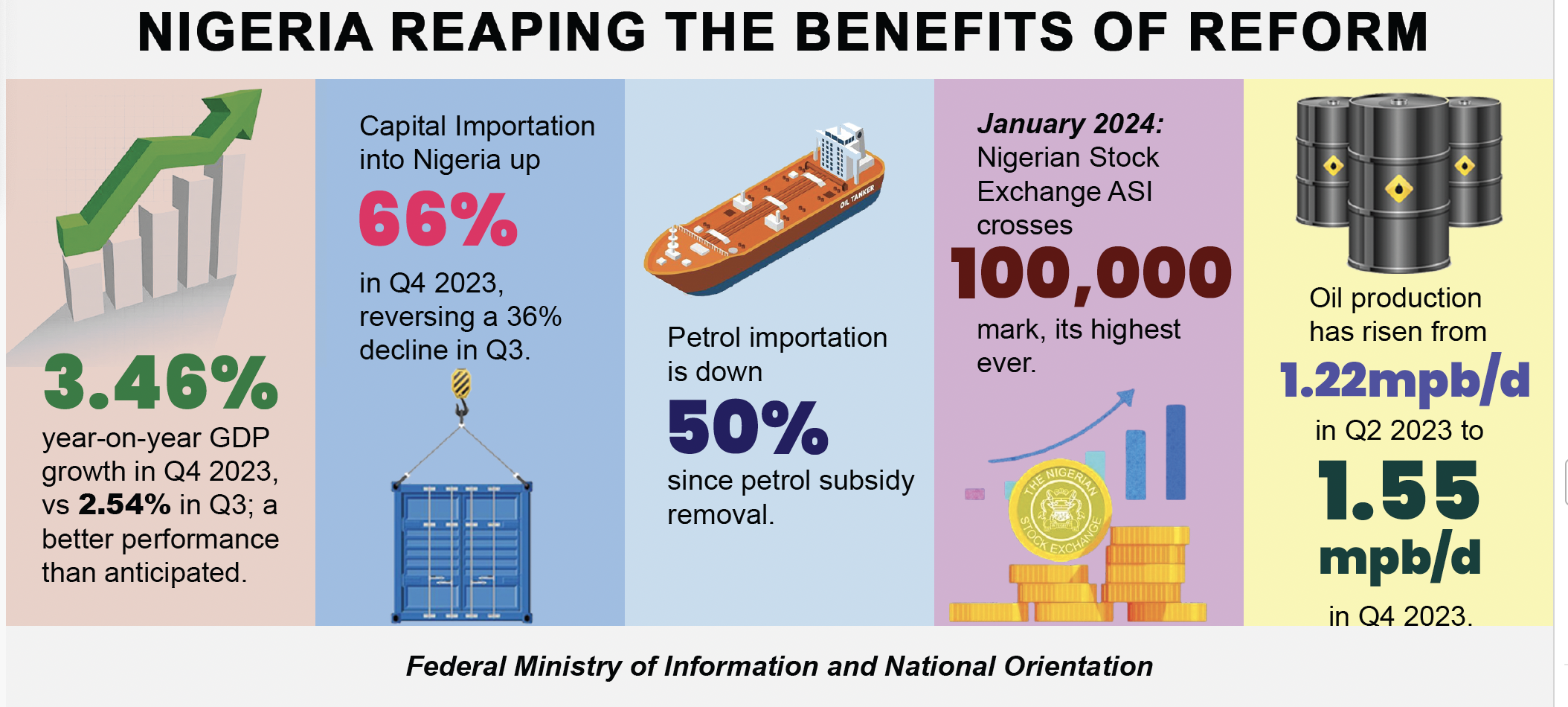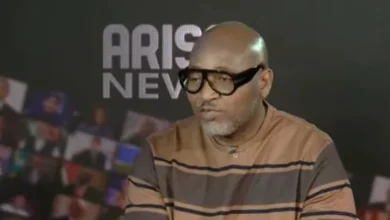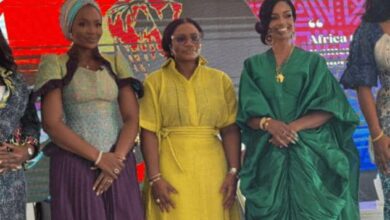Why we took Robotics, STEM education to over 10,000 Nigerian children, by Sam Eseyin and Malik Gwandu |

When people talk about innovation in Africa, they often speak in future tense—about what could be, what might be. But we believe the future is already here, growing in classrooms across Nigeria, one child at a time. And we’ve had the privilege of planting those seeds through robotics and STEM education.
Our journey started not with robots or funding, but with a dream. In the early 2000s, like many kids, Sam was captivated by robotics movies. But for him, it wasn’t just entertainment—it was a spark. That spark eventually grew into a passion, despite living in Gbagalape, Abuja, where robotics was as foreign as snow. At the time, Sam was teaching chess in schools, but a question kept tugging at him: What if these children could learn to build and innovate through robotics instead?
It wasn’t an easy pitch. With no robotics kits or flashy presentations, Sam walked into schools with printed schematics from cyber cafés and a vision. He sold his best shoes to buy his first kit—the Krypto I—and began what would become Ideal Robotics. When we (Sam and Malik) eventually crossed paths, it was clear we shared not just a dream, but a mission: to democratise access to technology education.
We took that kit and our message from school to school in Abuja. Some people thought we were crazy. Others simply didn’t understand what robotics had to do with education. But the children got it. Their eyes lit up. They asked questions. They wanted to build, to code, to explore. That enthusiasm became our fuel.


We started with free workshops, then got our first paying client—Lela Blossom School. It was a small victory, but it told us this could work. We built a team on trust and belief, not money. Most of our early teammates earned modest stipends. We couldn’t even afford chairs in our first office, but we had each other and the belief that we were onto something transformative.
And it was. With each new school, each summer camp, each parent who told a friend, we saw robotics education shift from novelty to necessity. Children who had never seen a robot were now building them. They were learning coding, mobile app development, and problem-solving in ways that redefined what Nigerian education could look like.
We partnered with organisations like FlexiSAF, Avion Innovation Hub, and the Discovery Museum to scale our impact. We ran intensive programs during holidays, took kids on excursions to AI centres, and hosted our own coding competition, Code Quest. One of our proudest moments was watching Castle Hill Academy, a school we trained, beat over 100 schools to win the Federal Government’s award for Most Innovative Project.
What began as a two-man passion project became a movement that touched over 10,000 students.
But not all great stories end with success. After eight years, we had to shut Ideal Robotics down. It was a hard decision, one filled with pain and reflection.
Still, we don’t see it as a failure. The impact—the children who now dream bigger, the schools that changed their curriculum, the young minds we helped ignite—remains.
For us, this is just the beginning. We’ve learned that true innovation isn’t just about technology; it’s about resilience, grit, sacrifice, and community.
It’s about seeing possibilities where others see limits.
Robotics was never the point. Empowerment was. Possibility was. Hope was. And that journey continues, with or without an office, with or without a kit. We will keep building futures—one curious child at a time.
. Eseyin is a robotics educator and co-founder of Ideal Robotics, while Gwandu is a technology advocate and co-founder of Ideal Robotics.
Post Views: 25






